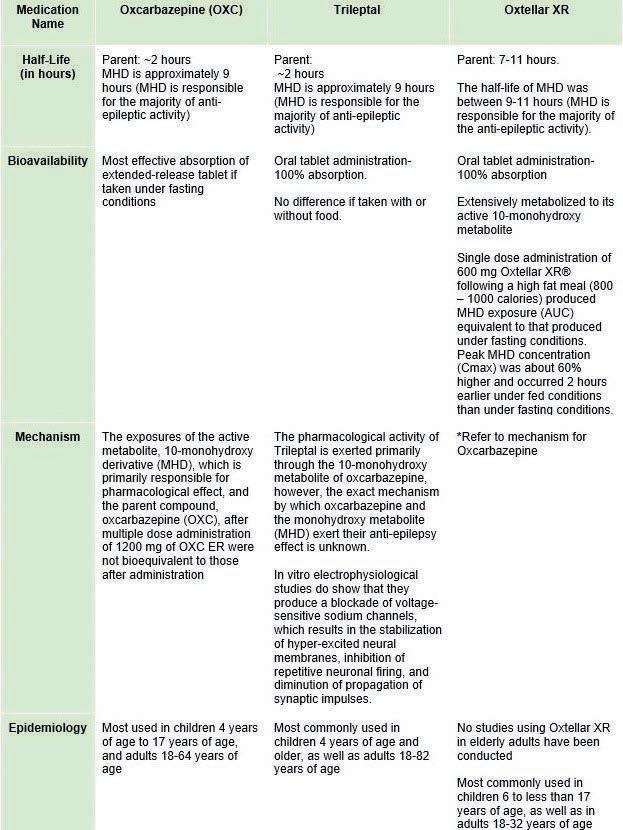Scholarly Research In Progress • Vol. 5, November 2021
Conflicts of Interest Differ Among Male and Female Pediatric Journal Authors Rebecca L. Petlansky1†, Amadea D. Bekoe-Tabiri2‡, Vanessa N. Bueno3‡, AnnMarie N. Onwuka3‡, Michael R. Gionfriddo4,5, and Brian J. Piper1,4 ¹Geisinger Commonwealth School of Medicine, Scranton, PA 18510 ²Bryn Mawr College, Bryn Mawr, PA 19010 ³The University of Scranton, Scranton, PA 18510 4 Center for Pharmacy Innovation and Outcomes, Geisinger, Forty Fort, PA 18704 5 School of Pharmacy, Duquesne University, Pittsburgh, PA 15282 † Doctor of Medicine Program ‡ Authors contributed equally Correspondence: rpetlansky@som.gesinger.edu
Abstract The Physician Payments Sunshine Act requires disclosure of payments made by drug and medical device manufacturers to physicians or teaching hospitals. Academic literature extensively documents gender disparities in the medical profession regarding salary, promotion, and government-funded research. This investigation sought to quantify potential conflicts of interest (CoIs) in pediatric medical journals, specifically examining sex differences. To identify potential CoIs, we examined manuscripts published prior to 2019 in six pediatric journals (JAMA Pediatrics, Pediatrics, The Journal of Pediatrics, Pediatric Blood and Cancer, Pediatric Critical Care Medicine, and The Pediatric Infectious Disease Journal). We collected physician demographics and specialty from the National Plan and Provider Enumeration System National Provider Identifier Registry and compensation data from both ProPublica’s Dollars for Docs (PDD) and Centers for Medicare and Medicaid Services Open Payments (CMSOP). Data was collected on 2,747 authors from 929 manuscripts. Of the 1,088 authors based in the United States with medical degrees (40.5% female), 510 (46.9%) had entries in PDD and CMSOP. Overall, 11,791 payments to these physician-authors totaled $9,586,089.97. Males were 1.20 times more likely to receive payments (RR = 1.20, 95% CI [1.05, 1.37], p = 0.008). The mean amount received by males was $23,250.71 while that received by females was $10,970.78 (mean difference = 12,279.92, 95% CI = (2036.31, 22,523.54), p = 0.019). A comprehensive understanding of these CoIs can inform the disclosure policies of journals to promote transparency of authors.
Introduction A conflict of interest (CoI) exists when judgment regarding an individual’s primary interest, such as patient welfare or research integrity, may be unduly influenced by secondary interests, such as financial interests (1). Medical journals require authors to disclose their relationships with pharmaceutical and medical device companies because such relationships can serve as potential CoIs. However, these potential CoIs are not always reported, and disclosures are rarely verified (2, 3). Verification of CoIs, was facilitated by the passage of the Physician Payments Sunshine Act, which requires public reporting of payments made to physicians and teaching hospitals from pharmaceutical and medical device companies (4). This payment data can be explored using databases such
as the Centers for Medicare and Medicaid Services Open Payments (CMSOP) program and ProPublica’s Dollars for Docs (PDD) (5, 6). CMSOP is a systematic nationwide effort to report these payments to the public. PDD database also contains payment information made to physicians and teaching hospitals and serves as a tool to search these payments. Several studies have characterized CoIs including studies examining guidelines (7), point of care databases (8), textbooks (9, 10), and journal articles (11). Additionally, several reports have documented a disparity in payments between males and females (12, 13, 14). One area where CoIs have not been characterized is pediatrics. The proportion of women in pediatrics has grown over the past several decades such that women now represent most pediatricians (15,16). Our objective was to quantify potential CoIs of authors publishing in pediatric medical journals and determine any differences in payments made to male or female physicians.
Methods Procedures A total of six pediatric medical journals were selected based on journal rankings on Scimago Journal and Country Rank (17), a publicly available portal that provides bibliometric indicators of journals. We attempted to select high-impact journals with a large proportion of authors who are physicians practicing in the United States. We chose three general pediatric journals (JAMA Pediatrics 2018 Scimago Journal Rank [SJR] = 5, Pediatrics SJR = 3, and The Journal of Pediatrics SJR = 1.2) and three pediatric subspecialty journals (The Pediatric Infectious Disease Journal SJR = 1.3, Pediatric Blood and Cancer SJR = 1.3, and Pediatric Critical Care Medicine SJR = 1.3). Within each journal, we began examining articles published in December 2018 and continued in reverse chronological order with the intention to retrieve at least 100 authors with entries in CMSOP (3) and PDD (4). For each article, the first author’s name was recorded. If the author had a medical degree and was located in the United States, his or her name was entered into both CMSOP and PDD to determine if financial compensation was received from pharmaceutical or medical device companies. CMSOP and PDD contain data from payment reports released by the Centers for Medicare and Medicaid Services. Physicians
33












































